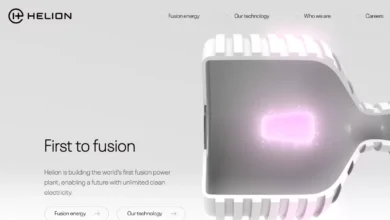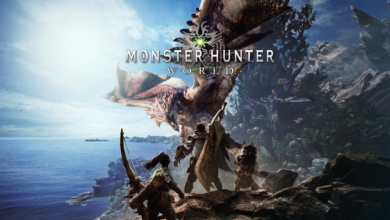An introduction to Blockchain and its relation to Bitcoin

What is blockchain ?
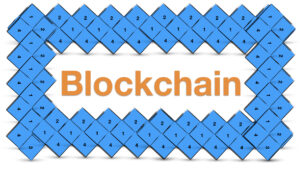 Well in the simplest of terms “Blockchain” is a kind of database technology which works on a peer-to-peer network.
Well in the simplest of terms “Blockchain” is a kind of database technology which works on a peer-to-peer network.
- What is the Meaning of “Blockchain” ?
- How it works (in theory) ?
- Why it is considered safer than conventional database technology ?
- How “Bitcoin” and “Blockchain” are related ?
- What are the business implementation`s of blockchain ?
- Shortcomings of Blockchain technology.
Q-1. What is the Meaning of Blockchain ?
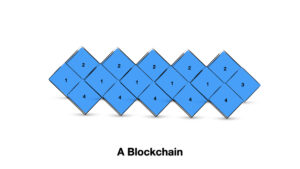
Well essentially Blockchain means “Chain of Blocks” and as we all know, for a chain to exist / work all the blocks in the chain has to be interconnected to each other in a particular way/ direction, the same theory applies to Blockchain as well.
Q-2. Now the next Question is what is this “Block” and how this so called “Chain of Blocks” is made ?
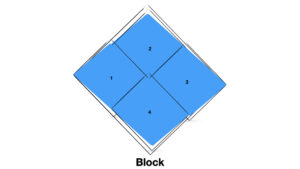
Any single database entry / transaction or a group of database entries / transactions can become a “Block”, but this has to be defined at the initiation of the blockchain itself.
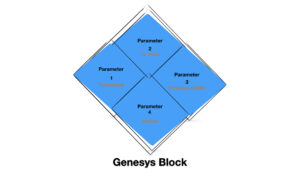
Every chain should have a starting point, so in case of blockchain the first block of a chain is called the “Genesis Block”, and each Block consists of 4 parameters and one of those 4 parameters is a unique signature of the “Previous Block”, that unique signature is called “Hash” and this signature / Hash is generated by cryptographically encrypting the specified block.
The hash can be either in increasing order or in decreasing order in a blockchain, but mind you, Once the order of the blockchain is defined it cannot be changed.
Now that we have a Block with a Unique signature / Hash which is connected to the Next block with the unique signature of the previous Block hard coded into it and so on, you can see how the blocks are interlinked to one another rite.
Lets create a new Blockchain (A theoretical One)
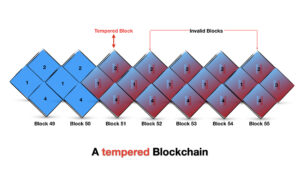
And Suppose, We have created a Blockchain of 100 blocks, but now we want to change the data on the 51st block, to do that we need to re-run the encryption code on the 51st block and create a new signature / Hash of the 51st block and then we need to do the same for all the remaining 49 blocks as well till we reach the 100th block mark, this happens because changing the data on a block will change the signature / Hash (as explained above) of that block and since the signature / Hash of that block is hard coded into the next block, all the remaining blocks after the tampered block has to be changed.
Q-3. You may say that the data is hard temper or change in blockchain, but it is not immutable / Un-changable, then why it is considered safer than other conventional database technology ?
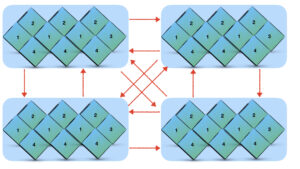
Blockchain works on consensus of the peers and this “consensus” is achieved when majority of the peers within the blockchain agrees to the instilled change and so if a change has to be implemented on a existing blockchain, then the requester has to convince / hack/ take controll of the majority of the peers in that blockchain network and change the requested details in all these peers, each peer will have the complete / full copy to the entire blockchain network and the data on each of the peers within the blockchain has to match every time.
Q-3. A :- But what is this “peer” on a “peer to peer” network (you ask) ?
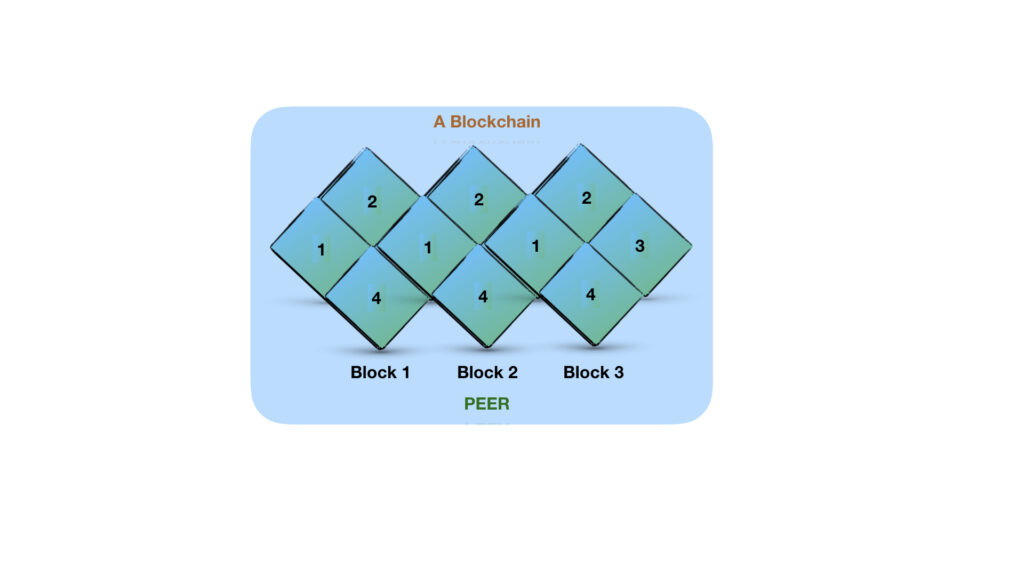
Well a peer is a computer or a set of computers which is part of the blockchain network and it holds a complete copy of the specified blockchain.
Q-3. B:- Why would “peers” have consensus and on what logic will they have consensus, whats the compulsion peers have to agree to other “peers” on a blockchain network ?
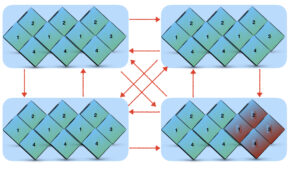
Well all blockchains have consensus mechanism instilled into the blockchain logic to make the peers agree on something, but consensus mechanism is different for different kind of blockchains, this is where things/logic start to change for different kind of blockchain, because different blockchains uses different methods for consensus, but in all cases “peers” have additional role to play in the blockchain other than just storing the blockchain.
let us give you some examples of the kind of consensus mechanisms in different kind blockchains
B. Etherium blockchain uses “Proof of Stake” (PoS) consensus mechanism, Peers can be “Nodes” but there are NO miners in etherium.
C. Business blockchains such as hyperledger uses different types of consensus mechanisms such POET (Proof Of Elapsed Time) etc.
Q-4. Enough of my blabbering, i know most of you are here because you have heard about “Bitcoin” and would like to understand how “Bitcoin” and “blockchain” are related ? Without further adieu here we go !
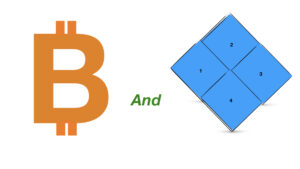 Since Blockchain provides a unchangeable record of any stored data or transaction happening in its network and it is a “de-centralised system” which means that it is not controlled by any single organisation or a person, thats why “Blockchain” is the technology used to build the product called “Bitcoin” and as the Bitcoin network grows, it becomes increasingly harder for the peers to to add new blocks into the blockchain and at the same time it becomes increasingly difficult for hackers to penetrate the network as well.
Since Blockchain provides a unchangeable record of any stored data or transaction happening in its network and it is a “de-centralised system” which means that it is not controlled by any single organisation or a person, thats why “Blockchain” is the technology used to build the product called “Bitcoin” and as the Bitcoin network grows, it becomes increasingly harder for the peers to to add new blocks into the blockchain and at the same time it becomes increasingly difficult for hackers to penetrate the network as well.
Lets get into Who`s and What`s and When`s of Bitcoin.
Q-4.A:- When and who ?
Q-4.B:- Why ?
Q-4.C:- What is Bitcoin blockchain ?
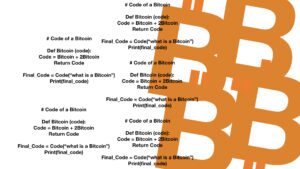
Well bitcoin blockchain is a public “peer to peer” database which stores transactional data of Bitcoins, Bitcoin is not a physical commodity it is just a non-duplicable or un-copiable digital commodity, well in simpler terms we can say that a Bitcoin is just a “software code” which is unique for each bitcoin out there, and since the code sits on a blockchain, the code is unchangeable or un-copiable, it is only transferable, which means that when we buy bitcoins the ownership of these unique codes are changed from one person to another and that transection is recorded in bitcoin blockchain, and since Bitcoin is a public blockchain anybody can become a peer and join the Bitcoin blockchain network and host a copy of the complete Bitcoin blockchain on there computer. A peer can add a block to the blockchain as well, but to do that he has to Mine the block first and if a peer does that, S/he will be called “Miner”.
Q-4.D:- How to add Blocks ?
Q-4.E:- Who is a Miner ?
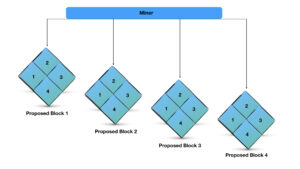
A miner is one of the many “peers” of a blockchain network, essentially in Bitcoin blockchain a “miner” is a set of very powerful computers which has a copy of the complete blockchain in its memory, and when a new transaction is logged, the miner verifies the transection by running complex algorithms and verifying if the transection is true or false and if the transection is correctly verified, then the miner proposes the transection as a new Block into the blockchain, and if the new Block is accepted by all the peers within the network by using “Proof of Work” consensus method, then the miner gets a reward in bitcoins for adding that block, the number of bitcoins received as award for adding a new block into the bitcoin blockchain is constantly decreasing as we are approaching the 21 million bitcoins mark. and this is one of the reasons why the price of bitcoin has been ever increasing and since bitcoin is a limited commodity or we should say limited Virtual commodity and demand for this commodity is ever increasing.
Bitcoin is the most popular implementation of the blockchain technology in the world, however bitcoin is not loved by all, mostly governments and regulators usually hate bitcoin, because it snatches controll of money from there hands, well all these things aside there is still a huge level of confusion between bitcoin and blockchain and to some extent the infamous rep that Bitcoin has garnered for itself in the market has dripped down to the underlying technology “blockchain” as well.
Q-5. But now tide has changed and businessess are looking at blockchain as a disruptive new technology in the market, lets talk a bit about business implications of Blockchain.
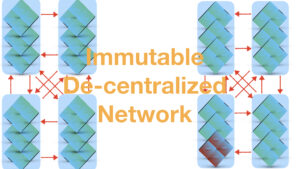
Well apart from bitcoin or cryptocurrency, blockchain as a technology has some very unique features which very much in demand in todays digital world, some of those features are
Q-5.A:- Immutability: Which means once a transaction / event is recorded into the blockchain, no one can alter it, which means accountability on every transaction logged in the blockchain network.
Q-5.B:- De-centralisation: Which means the network / database is not dependent of a centralised server, which eliminates multiple security threats and also ensures a near 100 % uptime of the database.
One of the most popular business blockchain to have emerged is the hyperledger project formed under the linux foundation supported by corporate biggies like IBM, Microsoft, shell etc, we have seen corporates from diverse business backgrounds showing interest in the Hyperledger project and as a result it has a total of 5 different blockchain projects under the hyperledger umbrella and each network is specially designed for specific industry and market type, we will have saperate discussion of hyperledger if you want.(let me know if comments section).
Q-6. Shortcomings of blockchain technology.
Q-6.B:- We have many regulatory issues with the way data is process in a blockchain network as well, hereby Blockchain to be legal in all aspects around the world will require some major policy changes, and as we all know policy changes are something which may take decades to be implemented.
Shortcomings are somethings that can be worked on and with the kind of push Blockchain as a technology is getting from the top corporate biggies is astonishing, Google is working on its own kind of blockchain platform and Facebook is also working on its own cryptocurrency platform, future certainly seems bright for the blockchain technology and early adopters “Organisations and individuals alike” stand to gain heavily with there expertise in this field.
Well, thats a brief intro of what we have to say about blockchain and bitcoin, next we will be talking about the other kind of blockchain, which happens to be the 2nd most popular blockchain in the entire world after Bitcoin and this Blockchain technology has many businesses exited as well, you guessed it right, we are talking about “ETHERIUM” blockchain next.

